Speaking during a panel hosted by the Center for European Policy Analysis (CEPA), a number of NATO experts and officials indicated that European allies may need to begin replicating key American military support capabilities—such as logistics, aerial refuelling, and command-and-control infrastructure—as the United States looks increasingly towards the Indo-Pacific theatre.
The discussion emerged during a transatlantic security panel hosted by , where officials including Kurt Volker, Jan Techau and Lieutenant General Lance Landrum addressed whether European nations are being encouraged to replace certain U.S.-provided military enablers. I prompted the exchange by raising the issue of whether allies were expected to replicate American-dominated capabilities like logistics and aerial refuelling, and whether a proposed 5% defence spending benchmark would be sufficient to support that shift.
When asked whether the Trump administration might expect Europe to replicate these capabilities, former U.S. Ambassador to NATO Kurt Volker responded: ‘I don’t think they’re planning to do that right now. Those are very expensive items, and they have a lot more local or more modest needs that still need to be filled before they would consider something like that.’
Volker did, however, note the potential for Europe to begin filling industrial gaps: ‘The answer to that is for Europe to produce its own defence industrial capability… it can also do that in joint ventures with American companies that are ready to invest in Europe, if they know they have off-take.’ He cautioned against using limited U.S. industrial output as an excuse for inaction, saying, ‘If people are making that as an excuse—”we can’t spend the money because the U.S. can’t make it”—not a good excuse.’
Jan Techau, Director at Deloitte and former Director of Carnegie Europe, agreed that some replication is both feasible and necessary. ‘There’s a willingness, on behalf of the Europeans, to replicate at least some of these capabilities,’ he said, citing air defence as one example. ‘The U.S. will probably withdraw assets from Europe at some point in the future… production of interceptors is rechanneled away from Ukraine towards the Middle East, so we see a shortage there. This is where the Europeans really need to build their capacity.’
Techau added that funding was not the immediate challenge: ‘Money in the short term is not the bottleneck. There’s a lot of fresh money in the market… the problem now is getting procurement bureaucracy up to speed and coming up with long-term contracts so that the industry has a foundation.’ However, he warned that critical capabilities such as ISR, satellites and nuclear deterrence would remain dependent on the U.S. for the foreseeable future: ‘All of this is so sophisticated and so far away from what the Europeans have, it cannot be replaced very quickly—and probably not even in ten years… The one thing that can certainly not be replaced is nuclear.’
Lieutenant General Lance Landrum, former Deputy Chair of the NATO Military Committee, took a more optimistic view on Europe’s ability to take on some roles. ‘I feel that the European nations and Canada… have created a foundation that they can build on in certain capabilities. The European Air Transport Command is a framework where there’s a sharing of transport and refuelling aircraft. That could be beefed up, particularly with Airbus-made tankers.’
He warned that the U.S. aerial refuelling fleet is ‘stretched thin every single day’ and would be ‘consumed in the Indo-Pacific if there’s a crisis there’, making it vital for Europe to be ready. He also encouraged a rethink on space capability: ‘We have to switch our thinking into modern, commercially available space architecture… there are small, wealthy European nations with bank accounts that can purchase this type of capability for the NATO alliance.’
On the broader question of defence procurement, Landrum urged European states to act: ‘There are very important defence industrial base facilities that are working one shift a day… they’re missing two other shifts over a 24-hour period. Somebody has to get in the room and really hammer this out.’
He concluded by challenging the notion that procurement delays should prevent spending, pointing to operational budgets: ‘When nations or military forces say they can’t spend money because industry won’t deliver, ask them how they’re spending on operations and maintenance and readiness… There’s a lot of money for readiness that can be spent—and the nations have to sign up for that and do it.’
Beyond the immediate questions of capability replication and industrial output, participants in the CEPA panel also pointed to wider strategic lessons and tensions shaping the alliance’s long-term cohesion.
Jason Israel, former Director for NATO and European Affairs at the U.S. National Security Council, underscored the need for NATO to draw lessons from Ukraine’s battlefield innovations—particularly in how those insights are adapted and shared across allied forces. ‘We’re all trying to gain lessons learned from Ukraine and those incredible fighters in the battlefield, innovating every single day… what NATO has to do is catch those lessons learned, but also do it in an interoperable way.’
Lieutenant General (Ret.) Lance Landrum echoed this, highlighting the importance of incorporating Ukraine’s use of unmanned systems into NATO’s operational planning. ‘Ukraine’s defence against drone technology, and Ukraine’s ability to create offensive operations from drone technology—that is going to be really, really important for the Alliance to capture.’
Broader geographic priorities were also raised. Ambassador Deborah McCarthy noted NATO’s growing interest in the Arctic, especially following the accession of Finland and Sweden. ‘[NATO’s] commitment to the Arctic, though waning and going up and down over the years, attention is certainly increased… when you have Finland and Sweden joining, you’ve got pretty much a formidable focus on the area.’
Jan Techau addressed persistent trust issues, particularly those arising from perceived entanglement of U.S. trade and defence policy: ‘There’s an element of uncertainty that the Europeans feel quite strongly, and not least because they find it very difficult to separate the very aggressive trade agenda from the defence agenda. That’s where a lot of trust also was destroyed.’
CEPA’s Lauren Speranza contextualised these discussions within the political atmosphere surrounding the upcoming NATO Summit: ‘The NATO Summit is coming at a very precarious moment for the transatlantic relationship, marked by uncertainty about the US commitment to Europe, a relative stalemate in peace negotiations between Russia and Ukraine, and ongoing tensions over transatlantic trade.’
Ambassador Kurt Volker concluded with a pointed observation on the underlying divergence in strategic outlook between Europe and the United States. ‘The real issue is that the US does not see Ukrainian security as essential to European security, and our European allies do… They see the need to support Ukraine as integral to our security through NATO. The US simply doesn’t see it that way.’
These remarks reflect a growing urgency for European nations to not only develop critical military enablers, but also to prepare politically and strategically for a shifting transatlantic balance, one in which the burden of deterrence and resilience may increasingly rest on European shoulders.


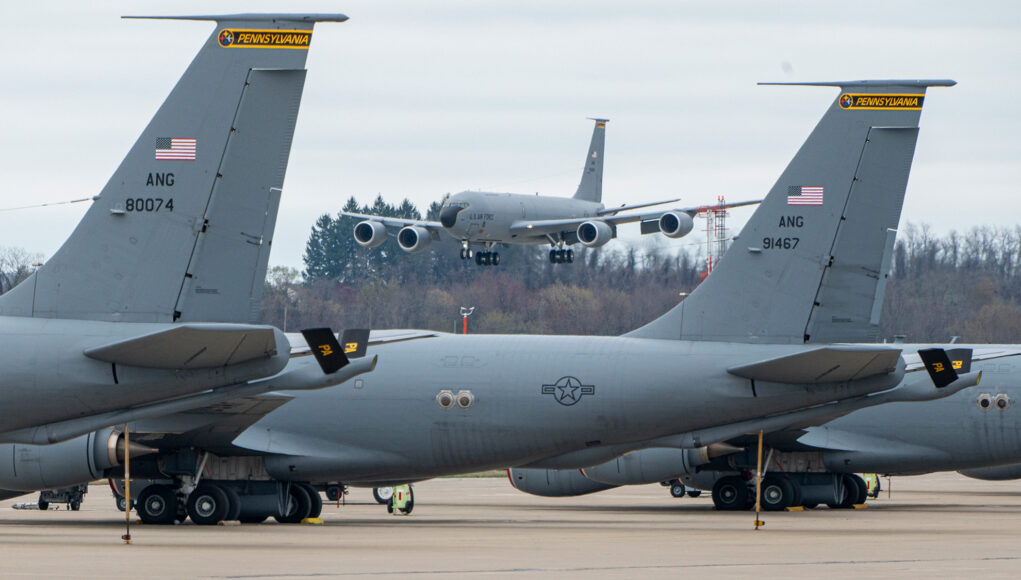
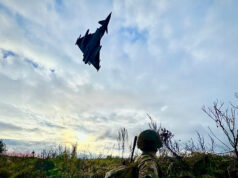
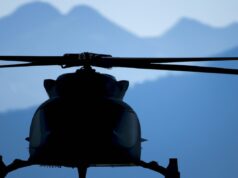
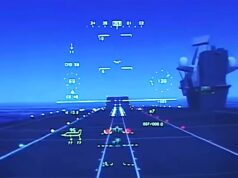
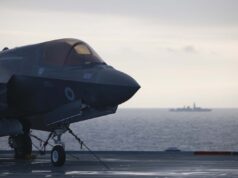
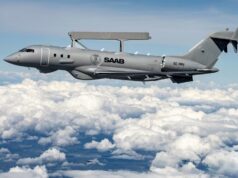
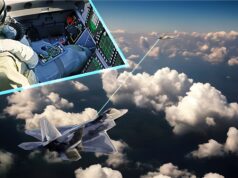
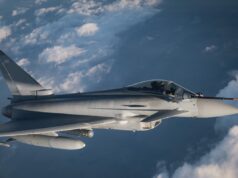
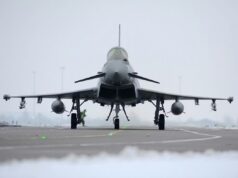
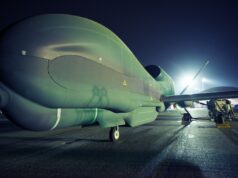


Yes, the time has come to invest in European Defence and invest in the equipment needed to replace the US logistics, aerial refuelling, and command-and-control infrastructure
It can and must be done💯
Much of this is of little use for ENATO. Europe does not need to replicate globally deployable US logistics and Command and Control.
Europe needs the ability to project power inside Europe.
No need for giant transport fleets and hundreds of tankers to cross oceans.
The US would love Europe to go on a spending spree for such items but what Europe needs is lots of fighter aircraft, missiles, tanks, artillery and GBAD as well as C4ISTAR in continent.
Everyone seems to be focusing on Strategic Air Lift here, but that’s not all the US brings to the Table in terms of logistics, and, unless the EU starts Power Projecting into the middle east and Africa, it’s one of the least relevant forms of logistics to the EU.
What the EU, and by extension ENATO is missing is *** and above enablers. That means logistics brigades, medical brigades, HQ’s, corps level fires. As it stands there are very few extant enablers for Corps level formations in Europe (The UK has ARRC, which has 104 log brigade, signalers and some various bits it might scavenge from field Army Troops. Italy has the NATO Rapid Deployable Corps, supporting it with one Signal and one Logistics Regiment, and France has established the Corps Reaction Rapide, which has no enablers (by comparison the US III Corps has 7 CS and CSS Brigades).
At 4* level the situation in ENATO is even worse, as we have no formations at that level.
The problem is simply that the US, and NATO, have generally assumed that ENATO forces would slot into 4* US Commands, and since the end of the cold war 3* commands. Since very few European forces could realistically field a Corps, and none could create a field army, there was no need to build those structures, but, unlike Strategic Airlift, if the thought process is “fighting a land war in Europe without the US” we need those formations and structures in place.
that was meant to be a standalone comment, no idea why it’s posted as a reply to you Jim.
No worries, I totally agree with your point.
Justin Bronk from RUSI makes very similar points from an air perspective as well decrying the focus on strategic lift as being largely irrelevant for ENATO forces.
Thing is…we already have hundreds of transports and AAR…(figures below do not include US, Canada or Tukey, Europe only, and include aircraft on order/due to be shortly)
Modern Transports
11 x C-17
c170 x A400M – all potentially capable of AAR as well…
27 x KC/C-390 (unclear how many/if any will have AAR though)
24 x C-130J – Transports only, excluding KC AAR variants (this excludes the UK ones that have been sold/stored pending sale)
To note: I’ve not counted any remaining C-130H and earlier, Transall etc left in service as they will be retired. There are also commercial style passenger aircraft in service with airforces for troop and limited cargo transport.
Modern AAR
11 x KC-130J
57 x A330 MRTT
4 x KC-767 (all Italy, they are in negotiations to buy 6 new tankers to replace these, either MRTT or KC-46)
With the Globaleye, CAEW and E-7 orders…now and in the near future European AEW is in a very good place.
Basically…what more do we need?
Enabler, Enablers, Enablers.
It’s crazy how Europe spends so much on defence and yet has so little enablers.
Air to air refuelling fleets too small
AWACS inadequate numbers
IRITS platforms too few, Rivet Joint are some of the few specialised assets in Europe.
Wedgetails order and Protector MQ-9Bs AEWs orders must go up.
A400-M with air to air refuelling systems
Joint Rivet air fleet should be purchased as a pan European effort
Poseidon MPAs ditto pan European effort
Wedgetail seems to be stuck in testing hell for the RAF, though Airbus is looking at increase MRTT production and moving to the NEO aircraft variant, and if we are looking at European it shouldn’t be the Poseidon but the planned French MPA.
The bigger issue is lack of Sustainment Brigades, lack of Artillery Brigades, lack of 3* and 4* HQ’s.
Air to Air refueling, and strategic airlift are nice to have but less vital for defending against Russia than on the ground logistics and C2.
Compared to anyone, apart from the US, we have enormous numbers of those things….
70+ modern AAR platforms exc A400m and potential KC-390 additions…
200+ modern military transports, all with tailgates…majority of which are C-17 and A400 sized…
AWACS? Likely to be 12 x Globaleye…with clear route to even more….particularly with JEF and Erieye users, 3 x E-7 (which may rise to 5), 8 x Erieye units on different aircraft bases and 2 x CAEW in Italy….you could add E-2D to the mix as well…and Crowsnest. PLUS the 14 E-3 operated by NATO jointly…which will be replaced in due course…
We’ve literally never seen this many before…
How many Corps level logistics brigades do we have?
How many corps level Fires brigades?
Medical Brigades?
How many Field Army HQ’s do we have?
These are the questions that need to be asked but don’t seem to be, I’m not sure why the opposition or a defence committee aren’t asking even a single high level question as simple as ‘can the U.K. actually provide the NATO Reserve corps that it is committed to in the required timeframe with all the required troops, equipment and enablers’
Realities just don’t seem to matter, lots of talk about doing x and being world beating or the envy of the world while actually doing very little.
It was a rhetorical question, the answers are:
1 Log Brigade 1 Log Regiment
No Corps level fires
No Corps level med brigade
Zero Field Army HQ’s.
The UK is actually one of the best placed ENATO members, it at least has a 3* HQ with a Logistics Brigade and a Signal Brigade (Italy manages a 3* HQ with a Log Regiment and a Signals Regiment, France just has a 3* HQ).
Will be another trade in the Armed Forces that will require a 10k+ no strings attached incentive bonus to put up with the horse and cart “logistics” the British Army pass off as actual real world logistics.
Now then, Where did we put them Hercs ?
Paris air show announcement. Boeing have been asked by multiple countries to restart C-17 Globemaster 3 production. That’s interesting. I think new orders for airlift capability are pending.
Yesterday, TWZ had an article looking at the feasibility of restarting C-17 production. Well worth a read.
The US does not necessarily want Europe to get a full set of strategic enablers.. it would be a bit inconvenient to the US if suddenly starting turning up in far flung places with significant independence power projection and started focusing on its own geostrategic requirements.. suddenly stabilizing that resource rich African state with a couple of divisions and bringing in the second stage private sector extraction enablers.. propping up that friendly oil rich state.. that now becomes European focused.. it would be inconvenient to US foreign policy… it’s why they don’t like the French and UK poking about the pacific and getting friendly with the locals.
“Enablers”.
You got to love a “Buzz word”.
Here’s a suggestion, tell every European airline that for them to be allowed to continue operating, a certain percentage of their fleet must be plumbed and wired so as to be quickly converted into auxilliary tankers. At no exrta cost to their governments they could, over just a few years, substantially boost the number of tankers available.
Except that that’s not really the issue.
Europe also needs to.improve base security. Far too easy for a large fraction of strategic airlift to be taken out on the flightline with drones or state sponsored ‘activists’.